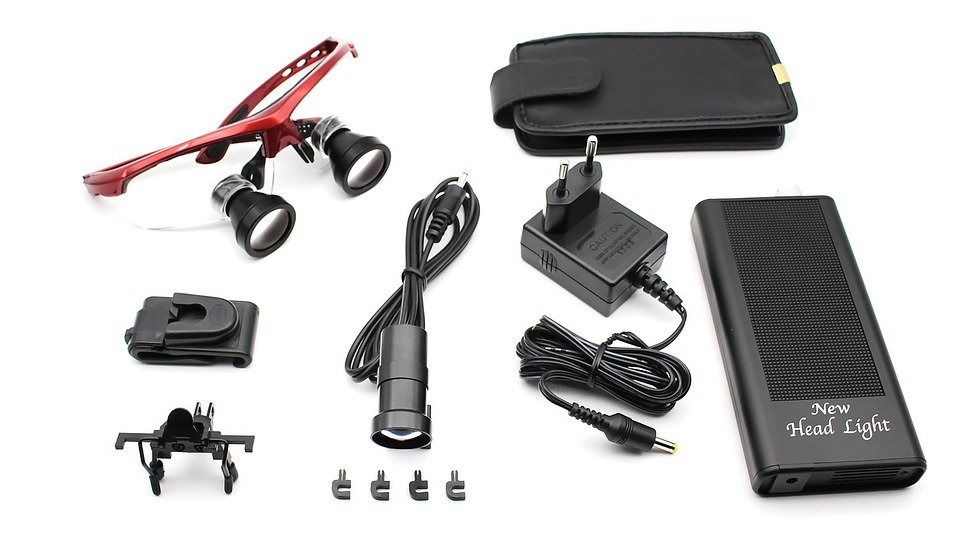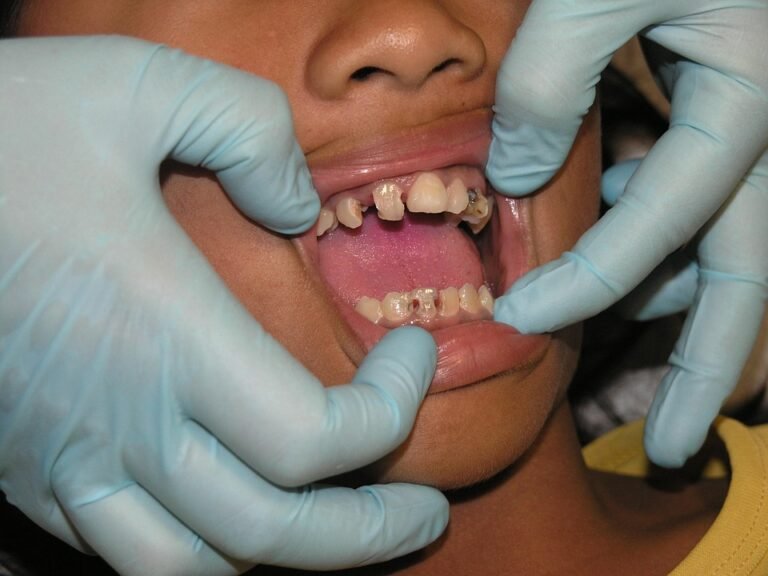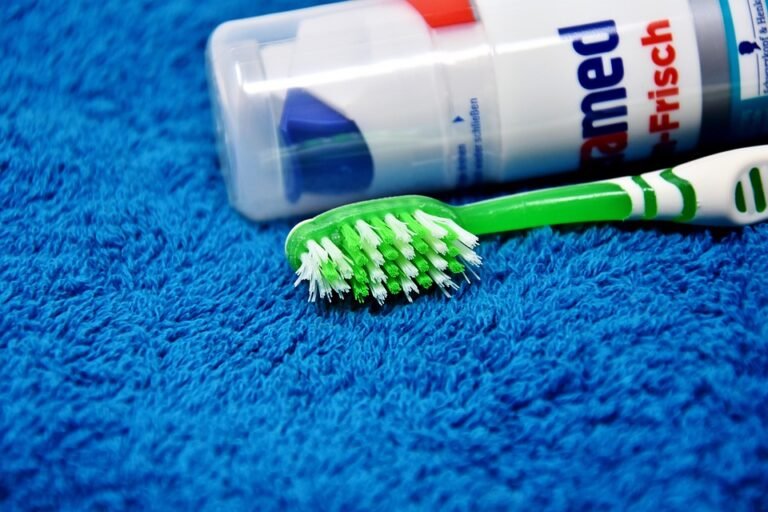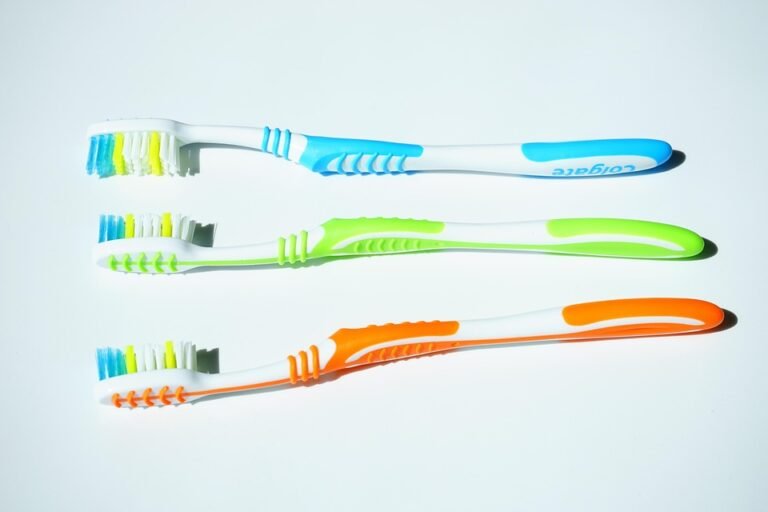What are the most eco-friendly toothpaste options
Okay, so I’m trying to reduce my environmental impact, and it feels like even the smallest things matter. I’ve been thinking about toothpaste lately, and all that plastic tubing just seems so wasteful! So, what are the most eco-friendly toothpaste options currently available?
Specifically, I’m looking for:
- Plastic-free packaging is a must! Think glass jars, metal tubes, compostable packaging… anything but those standard plastic tubes.
- Ingredients are important. I’d prefer options that are naturally derived, vegan, and cruelty-free. I’m also curious about fluoride versus fluoride-free options and the environmental impacts of the ingredients.
- Effectiveness. Of course, I still want something that will actually clean my teeth and protect against cavities and gum disease! Reviews or personal experiences would be super helpful.
- Accessibility and cost. I’m not looking for something incredibly niche that’s only available online and costs a fortune. Bonus points if you know where I can find them in a typical drugstore or grocery store (or at least easily online in the US).
I’ve seen some options like toothpaste tablets and tooth powders, but I’m not sure what the best brands are or if they actually work well. Are there any brands that are particularly recommended or to avoid? And are there any other types of eco-friendly toothpaste I might not have considered? Thanks in advance for any help!
Answer
Eco-friendly toothpaste options encompass a variety of formulations and packaging choices aimed at reducing environmental impact compared to conventional toothpaste. Key considerations include ingredients, packaging, and manufacturing processes. Here’s a detailed breakdown:
Ingredients:
- Fluoride Alternatives: Conventional toothpaste often contains fluoride, which, while effective for preventing cavities, raises environmental concerns during mining and processing. Some eco-friendly toothpastes utilize alternatives like:
- Hydroxyapatite: A naturally occurring mineral that is the main component of tooth enamel. It remineralizes teeth effectively and is considered biocompatible. Some studies suggest it can be as effective as fluoride in preventing cavities.
- Xylitol: A naturally derived sugar alcohol that inhibits the growth of cavity-causing bacteria. It doesn’t directly remineralize teeth but helps to reduce plaque formation.
- Abrasives: The abrasives in toothpaste help remove surface stains and plaque. Eco-friendly options prioritize naturally derived or less environmentally damaging abrasives such as:
- Calcium Carbonate: A naturally occurring mineral sourced from limestone or chalk.
- Hydrated Silica: A naturally occurring mineral derived from sand.
- Baking Soda (Sodium Bicarbonate): A mild abrasive that also helps neutralize acids in the mouth.
- Foaming Agents: Many toothpastes use Sodium Lauryl Sulfate (SLS) as a foaming agent, which can be irritating for some people and has environmental concerns related to its manufacturing. Eco-friendly alternatives include:
- Sodium Cocoyl Glutamate: A gentle surfactant derived from coconut oil and glutamic acid.
- Coco-Glucoside: A mild surfactant derived from coconut oil and fruit sugars.
- Humectants: These ingredients help keep the toothpaste moist. Eco-friendly options often use:
- Glycerin (Vegetable-Based): Derived from plant oils.
- Xylitol: As mentioned above, it also acts as a humectant.
- Thickeners/Binders: These ingredients give toothpaste its texture. Eco-friendly options include:
- Xanthan Gum: A polysaccharide produced by bacterial fermentation.
- Carrageenan: A natural polysaccharide derived from seaweed (note: carrageenan has been subject to some debate regarding potential health concerns, though it is generally recognized as safe in toothpaste).
- Flavorings: Eco-friendly toothpastes often use natural essential oils for flavoring, such as peppermint, spearmint, eucalyptus, or tea tree oil. These are preferred over artificial flavorings.
- Avoidance of Problematic Ingredients: Eco-friendly toothpastes typically avoid ingredients such as:
- Triclosan: An antibacterial agent linked to endocrine disruption and environmental concerns.
- Microbeads: Small plastic particles that can pollute waterways.
- Artificial Colors and Sweeteners: These have limited benefits and are often derived from unsustainable sources.
Packaging:
- Recyclable Tubes: Traditional toothpaste tubes are often made from multiple layers of plastic and aluminum, making them difficult to recycle. Eco-friendly options are increasingly using:
- Single-Material Plastic Tubes (HDPE or LDPE): These tubes are made from a single type of plastic, making them easier to recycle in some areas (check local recycling guidelines).
- Aluminum Tubes: Aluminum is widely recyclable. However, some aluminum tubes may have a plastic lining.
- Biodegradable Tubes: These tubes are made from materials that can break down naturally, such as:
- Sugarcane-Based Plastic: A bioplastic made from sugarcane.
- Wood Pulp or Paper-Based Tubes: These are still under development and testing.
- Glass Jars or Metal Tins: Some toothpaste brands offer toothpaste in reusable glass jars or metal tins.
- Toothpaste Tablets/Powder: These options eliminate the need for tubes altogether. They are often packaged in small, recyclable or compostable containers.
- Minimal Packaging: Reducing the amount of packaging used is another way to reduce environmental impact.
Manufacturing Processes:
- Sustainable Sourcing: Companies committed to eco-friendliness prioritize sourcing ingredients from sustainable and ethical sources. This includes ensuring fair labor practices and minimizing the environmental impact of ingredient extraction.
- Reduced Water Usage: Some manufacturers implement processes to reduce water consumption during toothpaste production.
- Renewable Energy: Using renewable energy sources (solar, wind, etc.) to power manufacturing facilities helps reduce carbon emissions.
- Waste Reduction: Implementing strategies to minimize waste generation during manufacturing, such as recycling and reusing materials.
Examples of Eco-Friendly Toothpaste Options:
- Toothpaste Tablets/Bites: Brands like Bite, Huppy, and Denttabs offer toothpaste in tablet form, eliminating the need for tubes.
- Toothpaste in Glass Jars: Some brands offer fluoride-free toothpaste in reusable glass jars.
- Toothpaste in Recyclable Tubes: Brands are increasingly switching to single-material plastic tubes that are easier to recycle.
- DIY Toothpaste: Making your own toothpaste at home using ingredients like baking soda, coconut oil, and essential oils allows you to control the ingredients and packaging.
Considerations When Choosing:
- Fluoride vs. Fluoride-Free: Consider your individual dental health needs and preferences. Consult with your dentist to determine if fluoride toothpaste is necessary for you.
- Ingredients: Read the ingredient list carefully and choose products with natural and sustainable ingredients.
- Packaging: Opt for products with recyclable, biodegradable, or minimal packaging.
- Brand Ethics: Research the brand’s commitment to sustainability and ethical sourcing practices.
- Effectiveness: Ensure the toothpaste effectively cleans your teeth and prevents cavities. Read reviews and consult with your dentist if you have concerns.
By considering these factors, consumers can make informed choices and select eco-friendly toothpaste options that minimize their environmental impact while maintaining good oral hygiene.






